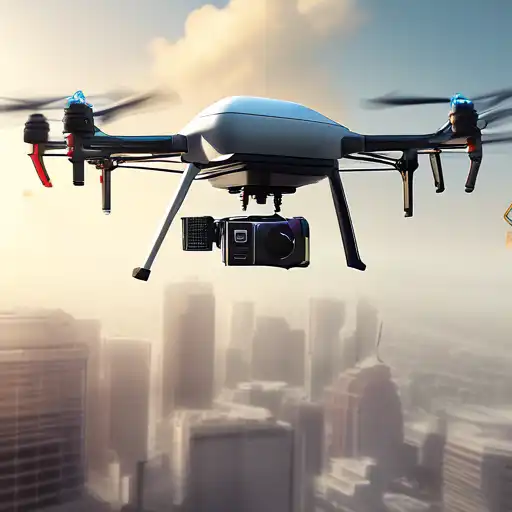Introduction to Commercial Drones
Commercial drones, also known as unmanned aerial vehicles (UAVs), have revolutionized industries by offering innovative solutions for photography, agriculture, delivery services, and more. Their ability to access hard-to-reach areas and collect data efficiently has opened up new opportunities for businesses worldwide.
Opportunities Presented by Commercial Drones
The use of commercial drones spans across various sectors, providing significant benefits such as cost reduction, improved safety, and enhanced operational efficiency. Below are some key areas where drones are making an impact:
- Agriculture: Drones are used for crop monitoring, spraying, and surveying, helping farmers increase yields and reduce costs.
- Construction: They offer aerial views for site surveys, progress tracking, and inspections, saving time and resources.
- Delivery Services: Companies like Amazon and UPS are testing drones for package delivery, promising faster and more efficient service.
- Photography and Filmmaking: Drones provide unique angles and perspectives, transforming the creative process.
Understanding Drone Regulations
While the opportunities are vast, the use of commercial drones is subject to regulations to ensure safety and privacy. In the United States, the Federal Aviation Administration (FAA) governs drone operations, requiring operators to obtain a Part 107 certificate for commercial use. Key regulations include:
- Drones must weigh less than 55 pounds.
- Operators must keep drones within visual line-of-sight.
- Flying over people and moving vehicles is restricted without prior authorization.
- Night operations require special permission.
Internationally, regulations vary by country, making it essential for operators to familiarize themselves with local laws before flying.
Navigating the Future of Commercial Drones
As technology advances, the potential for commercial drones continues to grow. Innovations such as beyond visual line-of-sight (BVLOS) operations and drone traffic management systems are on the horizon, promising to unlock even more opportunities. However, with these advancements come challenges, including the need for updated regulations and public acceptance.
For businesses looking to integrate drones into their operations, staying informed about the latest technologies and regulations is crucial. Partnering with experienced drone service providers can also help navigate the complexities of drone operations.
Conclusion
Commercial drones offer transformative opportunities across industries, but their use is not without challenges. By understanding the regulatory landscape and leveraging the latest technologies, businesses can harness the full potential of drones while ensuring compliance and safety. The future of commercial drones is bright, with endless possibilities waiting to be explored.
